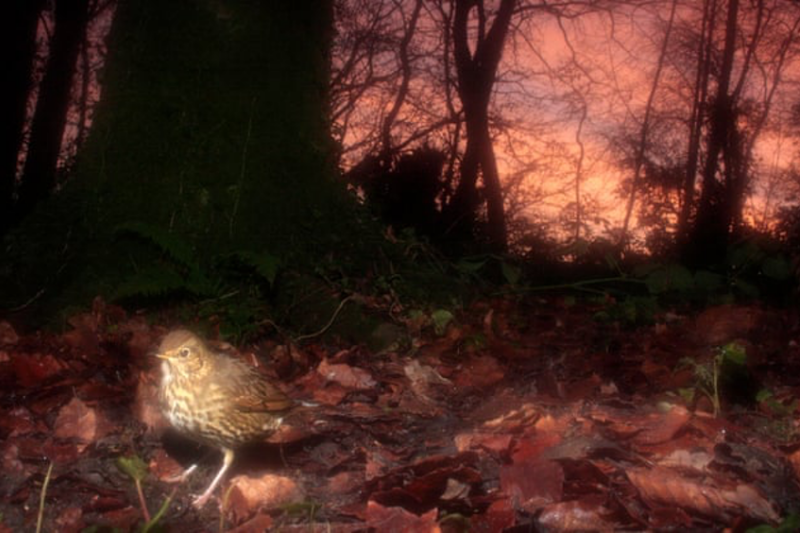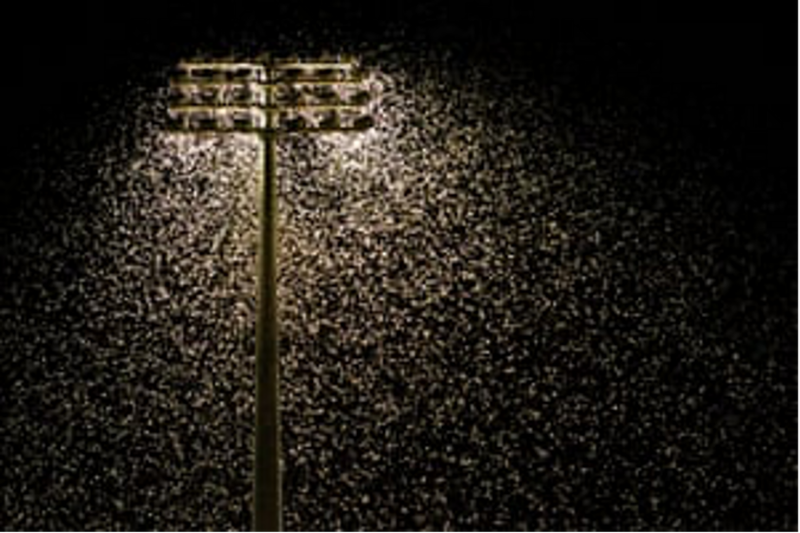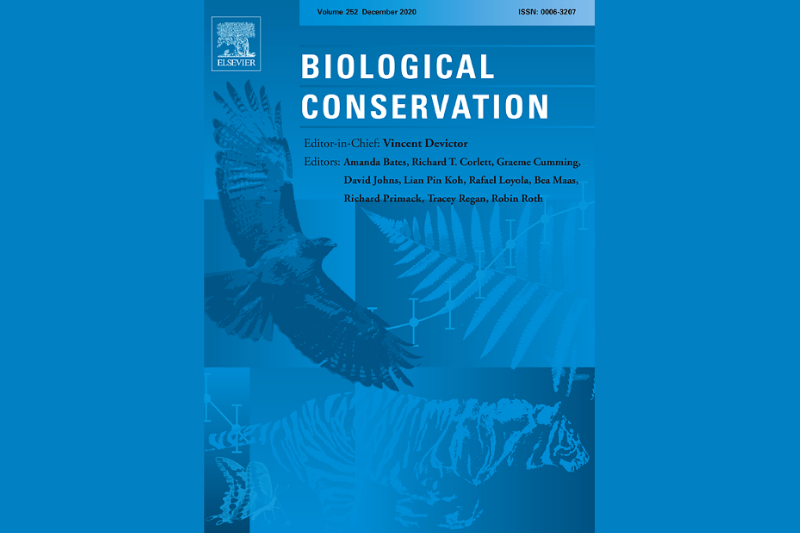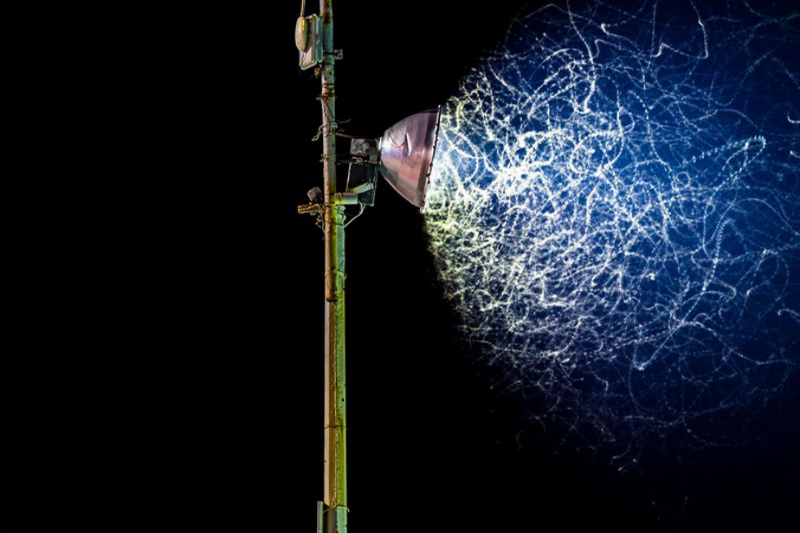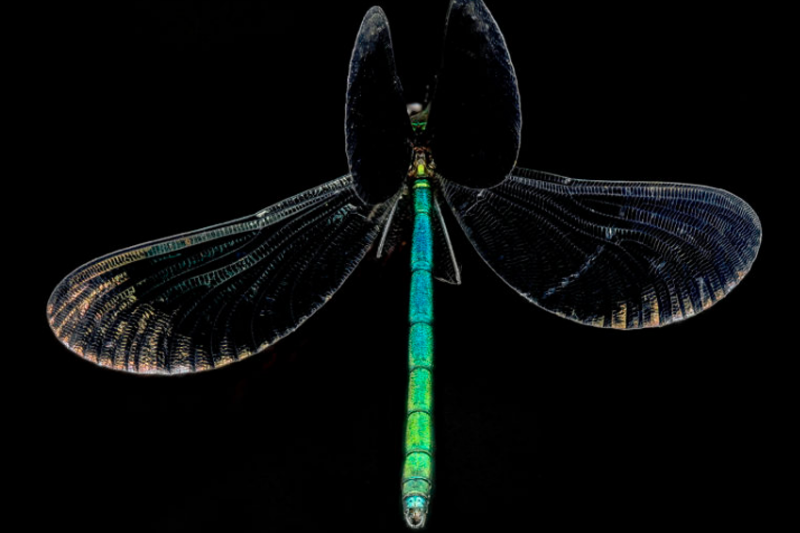Climate change, pesticides and land use changes alone cannot fully explain the decline in insect populations in Germany. Scientists from the Leibniz-Institute of Freshwater Ecology and Inland Fisheries (IGB) have now discovered that regions that have experienced a sharp decline in flying insects also have high levels of light pollution. Many studies already suggest that artificial light at night has negative impacts on insects, and scientists should pay greater attention to this factor when exploring the causes of insect population declines in the future.
The biomass of flying insects has decreased by more than 75 per cent — this alarming figure made front page news in autumn 2017. The study, published in 2017, analysed trends in biomass of flying insects in selected protected areas within agricultural landscapes over the last 27 years, and concluded that changes of climate and habitat are to blame for the decline in insect populations. At the same time, they pointed out that these impacts alone are unable to explain this drastic decline.
Light at the wrong time disturbs the balance of ecosystems
Clearly an assignment for scientists from the Light Pollution and Ecophysiology research group at IGB. After all, they know from previous studies that artificial lighting at night strongly affects the number of insects and insect communities. Therefore, the team led by IGB researcher Dr. Maja Grubisic looked at the locations of the areas involved in the 2017 study: areas in conurbations that have a higher than average level of light pollution. “Half of all insect species are nocturnal. As such, they depend on darkness and natural light from the moon and stars for orientation and movement or to escape from predators, and to go about their nightly tasks of seeking food and reproducing. An artificially lit night disturbs this natural behaviour — and has a negative impact on their chances of survival,” explains Maja Grubisic the starting point of their investigation.


